Tea leaves have a waxy exterior, similar to human skin, which protects the internal tissues of the tea leaves. It is necessary to break down this wax layer so that the flavor can be extracted when the tea is brewed with hot water. In order to make the tea processing process more hygienic (in the past, feet were used), Mr. Zhang Tianfu invented the first manual tea rolling and kneading machine. Nowadays, mechanical rolling and kneading machines are used directly. For oolong tea, a specialized rolling and kneading machine can be seen with the upper half of the machine shaped like a bowl, known as a “moon-watching” rolling and kneading machine.
The rolling and kneading pressure is more suitable for oolong tea production. For black tea rolling and kneading machines, the upper half of the machine is flat, exerting greater pressure during rolling and kneading. During the rolling and kneading process, the tea leaf tissues should not come into contact with iron, as the tannic acid in the tea leaves will react with iron to produce black precipitates.
Today, rolling and kneading machine rollers are mostly made of copper, while manual rolling and kneading machines are made of wood. The original technique of rolling and kneading was done manually in Taiwan, perhaps giving it a more traditional artisanal flavor…
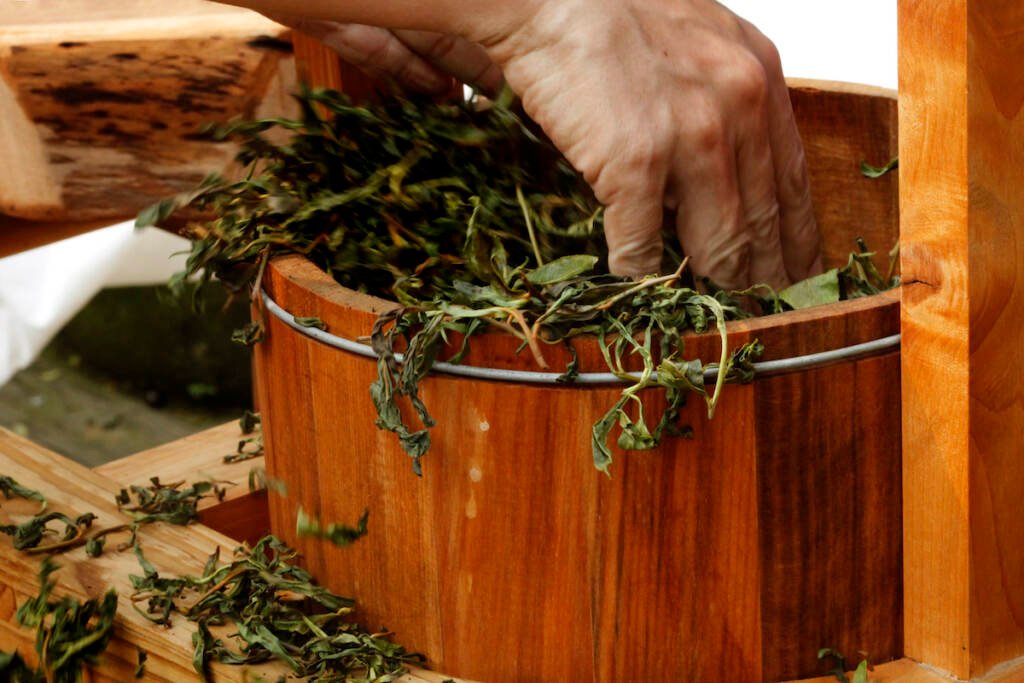
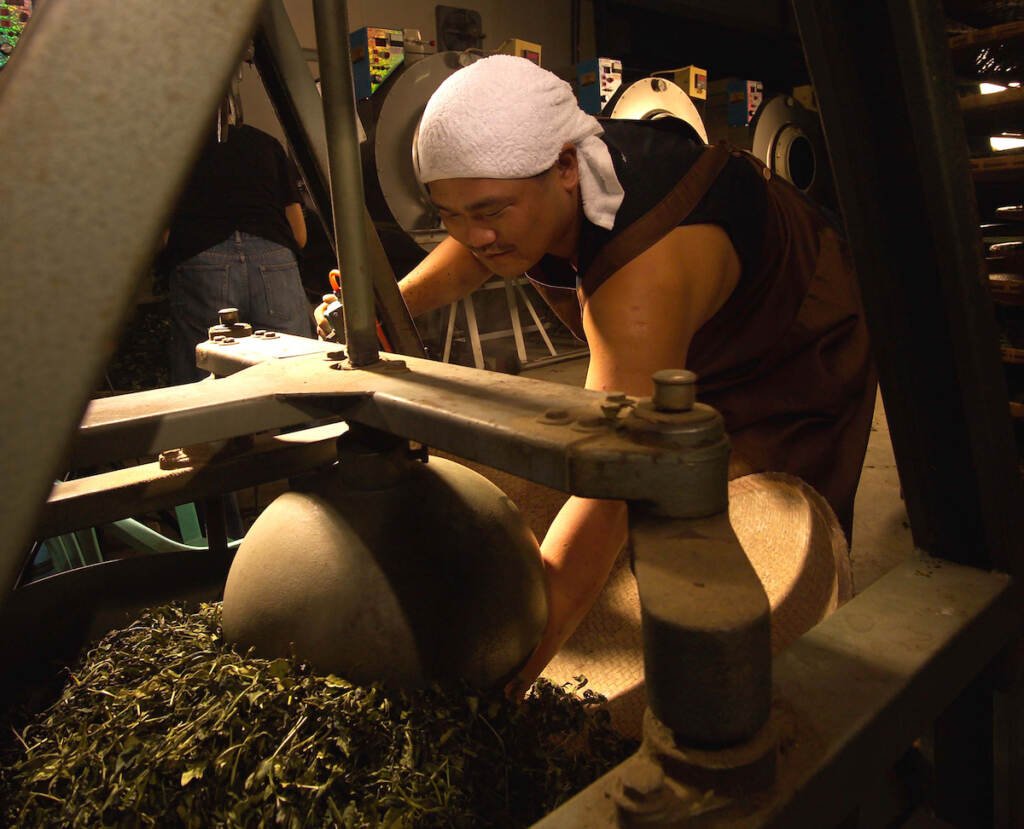

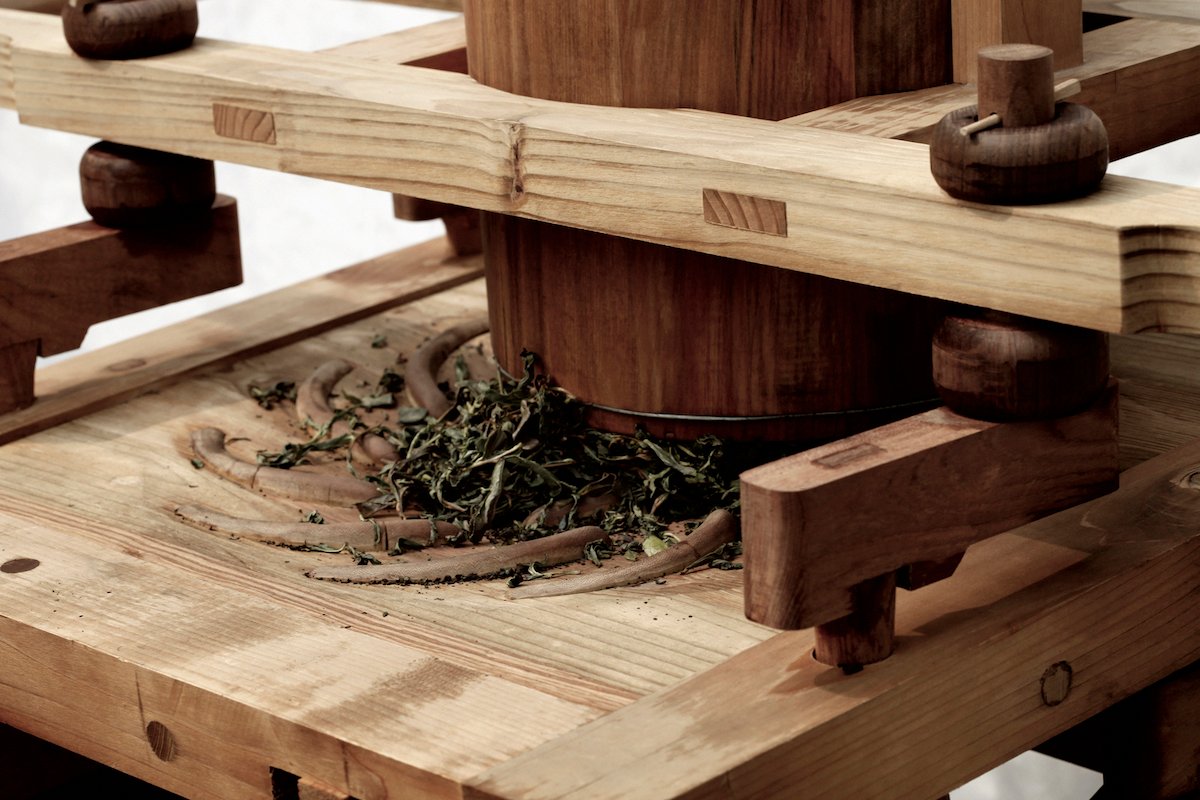
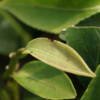
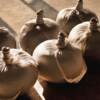
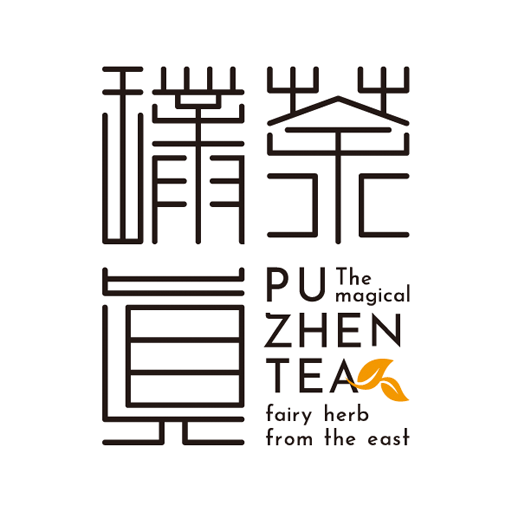
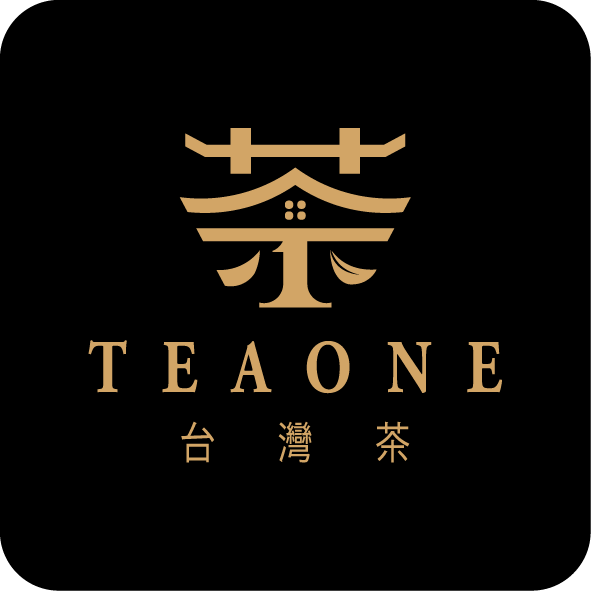
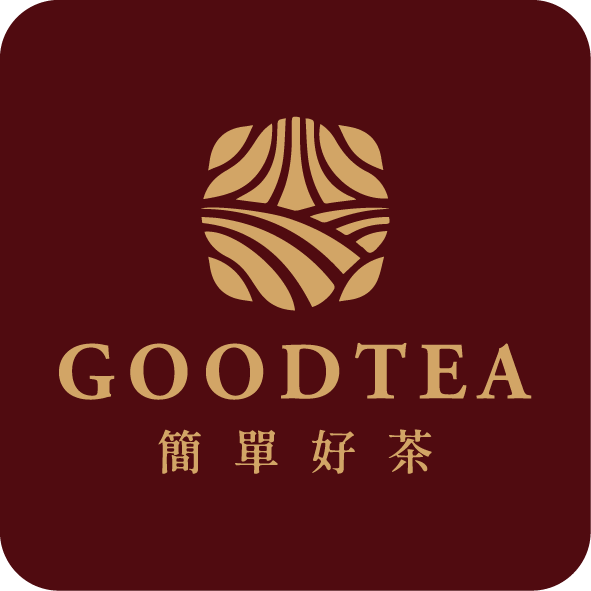
Leave a reply